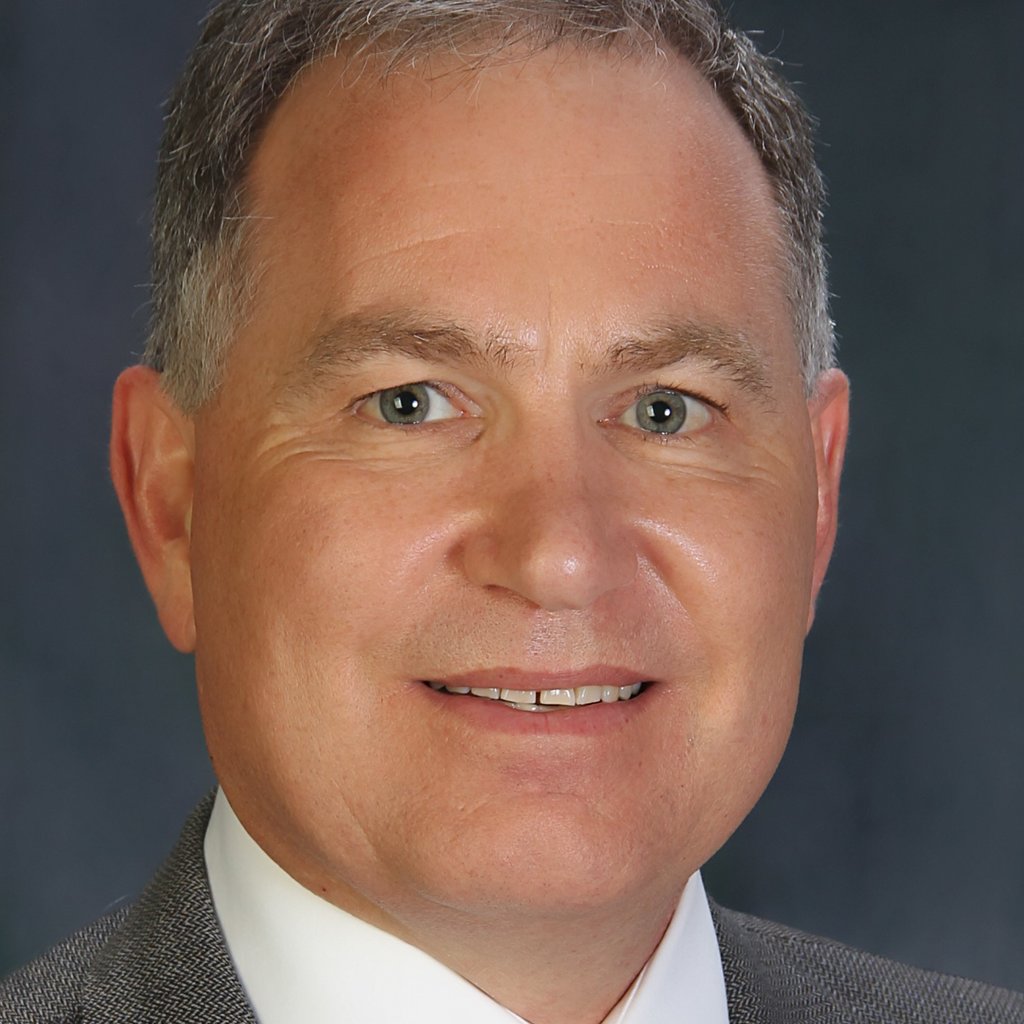Leadership Team
A little about FreeTime
Welcome to FreeTime™, where our deep understanding of office visit workflow meets the power of information technology. By automating office visit workflow, our intuitive platform liberates physicians from unnecessary computer interaction and administrative burdens, giving them back invaluable time.
The result is a more satisfying visit experience for the physician and patient, and rewarding physicians with the room to spend less time providing higher quality care and the opportunity to reap substantial financial benefits. As your partner in healthcare, we continually innovate based on user feedback and technological advancements, focusing on what truly matters: providing exceptional patient care. Join us in reshaping healthcare with FreeTime™, where every minute matters.
FAQs
Our unique approach uses visit automation to eliminate 90% of the physician’s office visit-related administrative work. Our decision engine uses EMR data to create a visit plan which drives patient history collection, orders and EMR data aggregation around the problems and quality measures that make up the visit plan. We use these data sources to create a progress note that is submitted to the EMR. As a result, we eliminate about 12 minutes of computer interaction for a typical office visit.
-
What is FreeTime™ medical software?
FreeTime™ is a cloud-based SaaS product that integrates with athenaOne® and is tailored for primary care practices (internal medicine, family care, geriatrics). It radically improves the patient visit experience and the physician/provider experience by eliminating 2 to 5 hours of athenaOne® EMR interaction per day. Provider time savings is a core improvement versus alternative methods that enables a whole series of additional financial, clinical and personal benefits.
-
How does FreeTime™ affect the visit itself?
FreeTime™ automates time-consuming provider tasks before the patient sets foot in the exam room, enabling 90% of a 15-minute visit to be spent interacting with the patient instead of the EMR. This dramatically improves the patient experience.
-
Where in the visit process does FreeTime™ save so much time?
No matter how or when a practice collects patient history and preps for the patient visit, FreeTime™ is faster. FreeTime visit planning requires only 1 minute per patient, so often 90% of the note is completed before the patient even steps into the exam room. Eleven or more minutes are saved in medications review, chart review, ordering and documentation. The fastest typers in the world cannot match FreeTime. In a recent time & motion study, FreeTime cut 568 mouse clicks, keystrokes and cursor movements from a typical complex visit.
-
How does FreeTime™ generate higher collections for the practice?
FreeTime™ increases profitability in several different ways. Most incremental profitability occurs when providers convert the time saved by FreeTime into seeing more patients. Eliminating post-visit documentation means that patients can be seen at the end of a work session during time that otherwise would have been spent entering data. Additionally, many users find that the use of FreeTime enables them to shorten the time spent on preventive care visits, freeing up time to schedule additional patients.
-
How much upfront capital does FreeTime™ require?
Because FreeTime™ is provided cloud-based as a service, there is only a small set up/configuration fee. There is no hardware to purchase unless you choose to offer patients tablet computers for those who do not complete their answers prior to check in.
-
How does FreeTime™ reduce note completion to one minute?
With FreeTime™, the patient completes an electronic pre-visit questionnaire to provide their history and submits a complete assessment and orders for all problems and quality measures on the visit plan. However, for a portion of patients (stable) there is very little or zero manual data input required.
-
Does FreeTime™ have any effect on billing?
FreeTime™ effortlessly creates notes that support diagnoses and procedures done during the visit. This reduces the likelihood of denials for payment and ensures that services provided are billed. This saves practice administration time and improves cash flow.
-
Does FreeTime™ have any effect on the health insurance reimbursement claims process?
Yes. FreeTime™ enables much greater provider billing accuracy which reduces errors and increases accurate claim submissions.
-
Does FreeTime™ help with cognitive load?
FreeTime™ reduces cognitive load significantly since it not only reduces massive amounts of mouse clicks, keystrokes and cursor movements, but also consolidates, organizes and prioritizes what should be addressed in the visit. The provider can easily override what the system suggests.
-
How do you use athenaOne® reports to analyze EMR time utilization by provider?
athenaOne® produces a number of useful reports that are generated from providers' interaction. Since time is a core determinant of provider and practice productivity and financial performance, we strongly encourage a review of exactly how much time providers have been spending inputting data into EMR.





